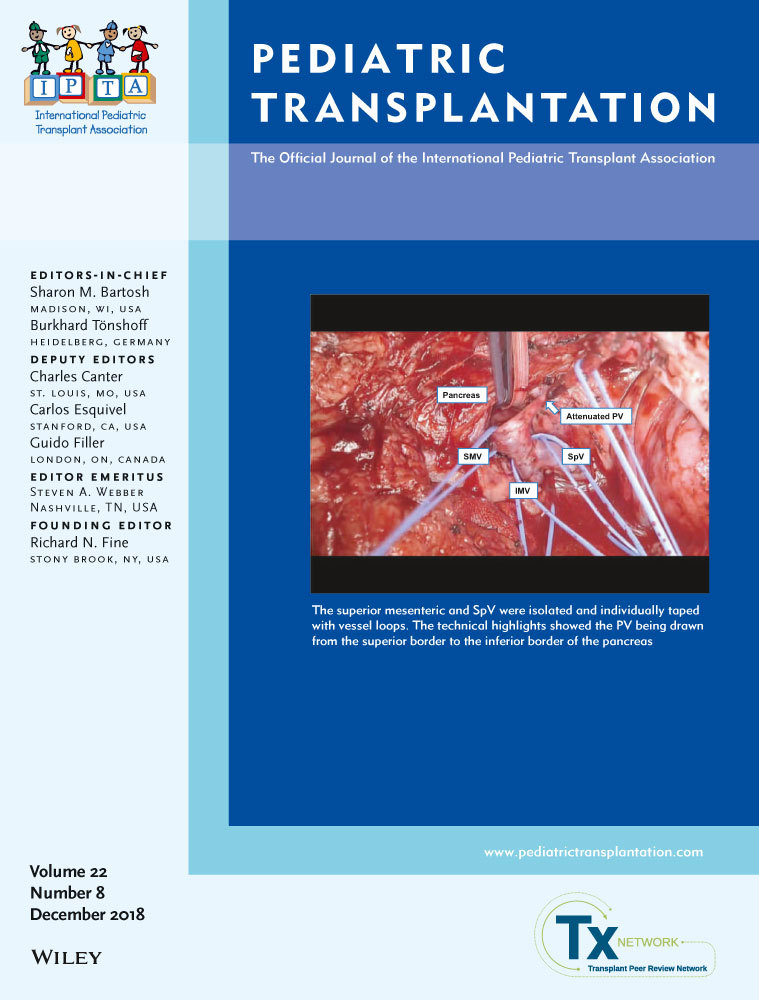Improved contemporary outcomes of liver transplantation for pediatric hepatoblastoma and hepatocellular carcinoma
Abstract
Purpose
Improvement in outcomes of LT for pediatric HB and HCC has been reported in small series. We analyzed national outcomes and changes in donor, recipient, and perioperative factors over time that may contribute to survival differences.
Methods
The UNOS database was queried for patients age <21 years that underwent LT for a primary diagnosis of HB or HCC (1987-2017). Subjects were divided into historic (transplant before 2010) and contemporary (transplant after 2010) cohorts. Baseline characteristics were compiled and examined. Survival was estimated using the Kaplan-Meier method and compared using the log-rank test.
Results
In total, 599 children with HB received LT (320 historic vs 279 contemporary). Concurrently, 141 children with HCC received LT (92 historic vs 49 contemporary). For both tumors, waitlist time decreased (HB 56.2 days historic vs 33.2 days contemporary, P = 0.017; HCC 189.3 days historic vs 71.7 days contemporary, P = 0.012). In the historic cohorts, patients with HB had a 1-year and 5-year OS of 84.6% and 75.1%, respectively. Survival for HCC was 84.4% and 59.9%, respectively. Outcomes improved in the contemporary era to 89.1% and 82.6% for HB, and 94.7% and 80.8% for HCC, respectively (both log-rank test P < 0.0001).
Conclusion
Outcomes of LT have improved significantly, with contemporary survival now equivalent between these tumors and exceeding 80% 5-year OS. Future studies are needed to explore whether offering LT in patients that are resectable is justifiable.
DISCLOSURES
Data were presented as a plenary presentation at the American Pediatric Surgical Association on May 4, 2018. The data used in this study are derived from a de-identified UNOS file. The OPTN have not verified and are not responsible for the analytic or statistical methodology employed, or the conclusions drawn from these data by the investigators.




